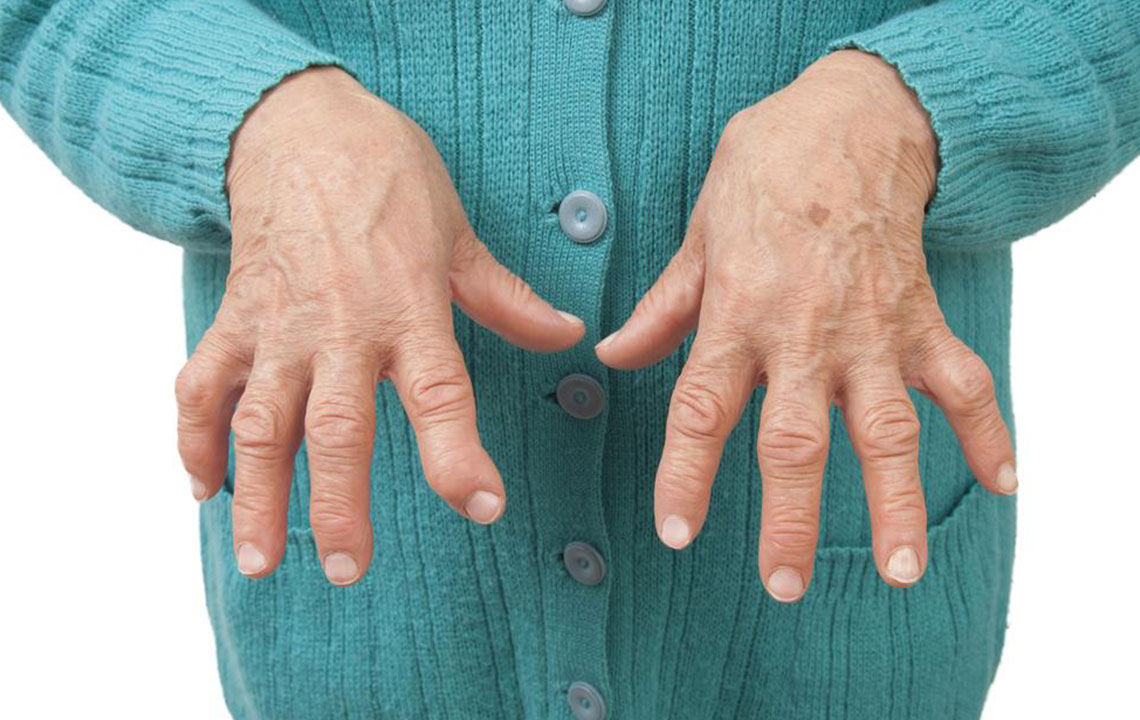Comprehensive Guide to Arthritis: Types, Causes, and Effective Treatments
This comprehensive guide explores arthritis, its four main types—degenerative, inflammatory, metabolic, and infectious—detailing their causes, symptoms, and effective treatment options. Learn how early diagnosis, lifestyle modifications, medications, therapy, and surgical interventions help manage this prevalent condition. Discover strategies to improve joint health, prevent damage, and live a fulfilling life despite arthritis challenges.

Understanding Arthritis: A Complete Guide to Its Types and Treatments
Arthritis is a common and often debilitating condition characterized by joint pain, swelling, stiffness, and reduced mobility. It is a leading cause of disability worldwide, affecting millions of people across all ages, from children to older adults. Although often associated with aging, recent trends show an increasing prevalence among younger populations, including children. The complexity of arthritis lies in its varied causes, types, and treatment approaches, which makes accurate diagnosis and personalized treatment plans crucial for managing the condition effectively.
This article explores the primary categories of arthritis—degenerative, inflammatory, metabolic, and infectious—delving into their causes, symptoms, and treatment options. Understanding these categories helps patients and healthcare providers develop targeted strategies to manage symptoms and improve quality of life.
Understanding the Different Types of Arthritis
There are four main categories of arthritis, each with unique causes, features, and treatment considerations. Recognizing these differences is essential for proper diagnosis and effective management.
Degenerative Arthritis: Osteoarthritis
Often referred to as osteoarthritis, degenerative arthritis is the most common form and primarily affects older adults. This type results from the gradual breakdown of cartilage—the smooth, cushioning tissue at the ends of bones within joints. Age, injury, repetitive stress, and obesity are significant risk factors. As cartilage deteriorates, bones may rub directly against each other, causing pain, swelling, stiffness, and decreased joint function. Over time, joint damage can become severe, limiting mobility and impairing daily activities.
Managing osteoarthritis typically involves a combination of lifestyle modifications, physical therapy, and medications. Heat and cold therapy can help alleviate pain and reduce inflammation. Regular exercise, including low-impact activities like swimming and cycling, helps strengthen muscles around the joints, providing better support. Non-steroidal anti-inflammatory drugs (NSAIDs) are commonly prescribed to reduce pain and inflammation. In more advanced cases, surgical options such as joint replacement may be considered to restore function and relieve pain.
Inflammatory Arthritis
Unlike degenerative forms, inflammatory arthritis involves immune system dysfunction. Conditions like rheumatoid arthritis (RA), psoriatic arthritis, and ankylosing spondylitis occur when the immune system mistakenly targets joint tissues, leading to chronic inflammation, pain, and joint erosion.
Autoimmune diseases are influenced by genetic predispositions, environmental triggers, and lifestyle factors. For example, smoking and obesity are known risk factors for RA. The persistent inflammation not only damages cartilage and bones but can also affect other organs and tissues such as the eyes, skin, and lungs.
Treatment strategies focus on controlling inflammation and preventing joint destruction. Disease-modifying anti-rheumatic drugs (DMARDs) like methotrexate are essential for slowing disease progression. Biologic therapies, including monoclonal antibodies, target specific immune pathways. Corticosteroids may be used for short-term relief of severe symptoms. Physical therapy helps maintain joint flexibility, while regular exercise preserves muscle strength. Early diagnosis and ongoing management are crucial to prevent irreversible joint damage.
Metabolic Arthritis: Gout
Metabolic arthritis, most notably gout, results from the accumulation of uric acid crystals in joints. Uric acid forms when the body breaks down purines—substances found in many foods and produced naturally by cells. An imbalance between uric acid production and excretion causes crystals to deposit in joints, leading to intense episodes of pain, swelling, and redness.
Gout attacks often occur suddenly and are most common in the big toe, but can affect other joints like the ankles, knees, wrists, and elbows. Chronic gout can lead to joint damage and crystal deposits called tophi.
Preventing and managing gout involves dietary modifications, such as reducing intake of purine-rich foods like red meat, shellfish, and alcohol. Medications like allopurinol help lower uric acid levels, preventing crystal formation. Anti-inflammatory drugs, including colchicine and NSAIDs, are used during acute attacks. Maintaining healthy weight, staying hydrated, and monitoring uric acid levels are vital for long-term control.
Infectious Arthritis: Septic Arthritis
Infectious or septic arthritis occurs when bacteria, viruses, or fungi invade a joint, causing inflammation and damage. This type is often caused by pathogens introduced through traumatic injury, surgical procedures, or spread from other infected sites in the body.
Bacterial infections like Staphylococcus aureus and Neisseria gonorrhoeae are common culprits. The infection leads to rapid joint swelling, redness, warmth, and severe pain. If untreated, septic arthritis can cause irreversible joint damage and systemic illness.
Diagnosis involves joint aspiration to obtain fluid samples for analysis. Blood tests and imaging studies assist in identifying the pathogen and assessing joint damage. Treatment primarily involves prompt antibiotic therapy, sometimes combined with surgical drainage of the joint. In some cases, prolonged antibiotics and physical therapy are required for full recovery.
Diagnosis and Treatment Strategies for Arthritis
Effective management of arthritis starts with an accurate diagnosis. Healthcare professionals perform comprehensive assessments, including detailed medical history, physical examinations, laboratory tests, imaging studies (such as X-rays, MRI, ultrasound), and sometimes joint fluid analysis.
Rheumatologists, specialists in arthritis and autoimmune diseases, often oversee treatment plans. Depending on the type and severity of arthritis, interventions may include medication, lifestyle modifications, physical and occupational therapy, and sometimes surgical procedures like joint replacement or repair.
Medications aim to reduce inflammation, control autoimmune responses, manage pain, and prevent joint damage. Physical therapy helps improve joint flexibility and muscle strength, while occupational therapy provides strategies to perform daily activities with reduced joint stress.
Advanced cases or severe joint damage may necessitate surgical intervention. Joint replacement surgeries, such as total hip or knee replacements, have high success rates in restoring mobility and alleviating pain.
In addition to conventional treatments, alternative therapies like acupuncture, dietary supplements, and herbal remedies are explored by some patients for symptom relief. However, these should always complement medical advice and treatment plans prescribed by healthcare providers.
Living Well with Arthritis
While arthritis can significantly impact daily life, adopting healthy lifestyle habits can improve symptoms and overall well-being. Maintaining a healthy weight reduces stress on weight-bearing joints. Regular, low-impact exercise preserves joint function and boosts overall health. A balanced diet rich in anti-inflammatory foods—such as fruits, vegetables, whole grains, and omega-3 fatty acids—can help manage inflammation.
Stress management techniques like yoga, meditation, and deep breathing exercises contribute to better health outcomes. Educating yourself about the condition empowers patients to make informed decisions and adhere to treatment plans.
Support groups and counseling provide emotional support, helping cope with chronic pain and mobility challenges. Advances in medical research continue to improve understanding, diagnosis, and treatment options, promising better quality of life for those affected by arthritis.





